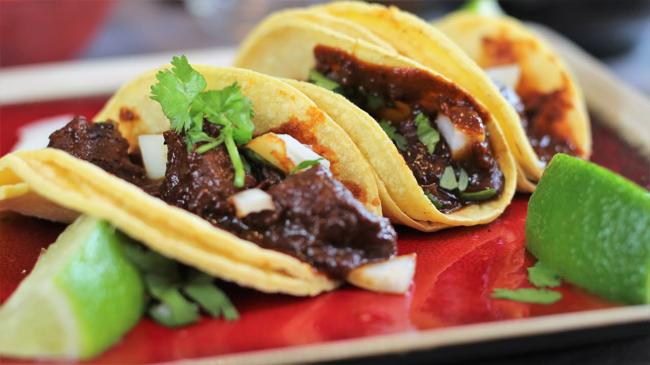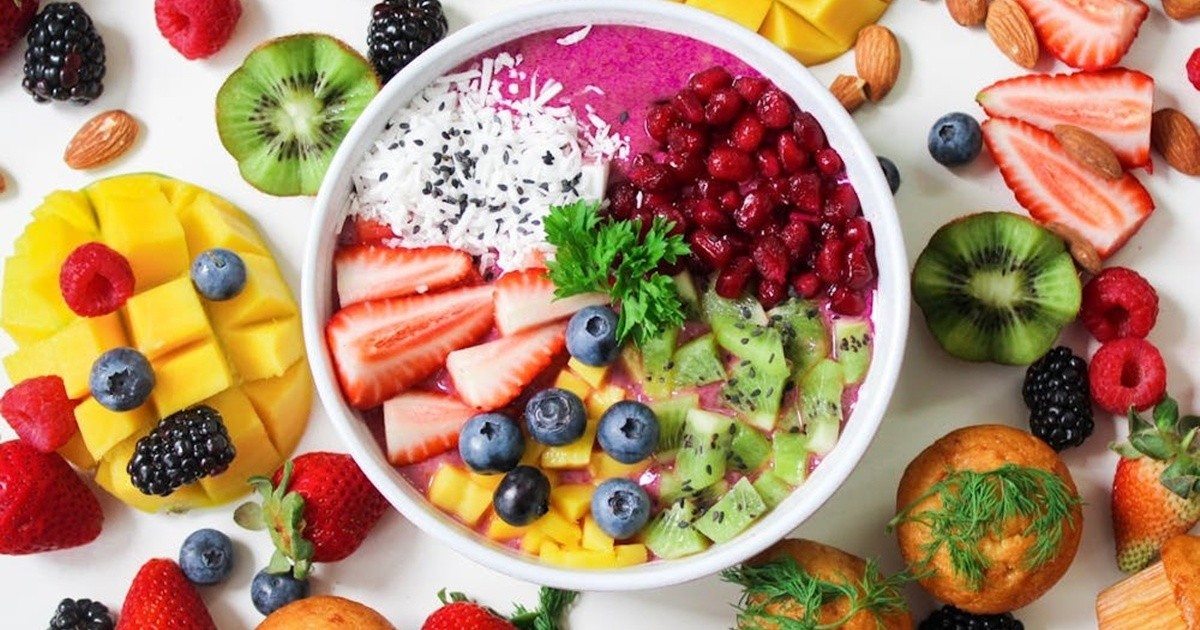Summary
Hi, I am Chef John Politte a professional chef who will teach you how to: Build flavor with cooking methods, Show you culinary techniques, Give you ideas to create simple meals, Talk about foo
Source: It's Only Food with Chef John Politte on MSN.com
Exclusive AI-Powered News Insights (For Members only)
Disclaimer:This content is AI-generated from various trusted sources and is intended for informational purposes only. While we strive for accuracy, we encourage you to verify details independently. Use the contact button to share feedback on any inaccuracies—your input helps us improve!





